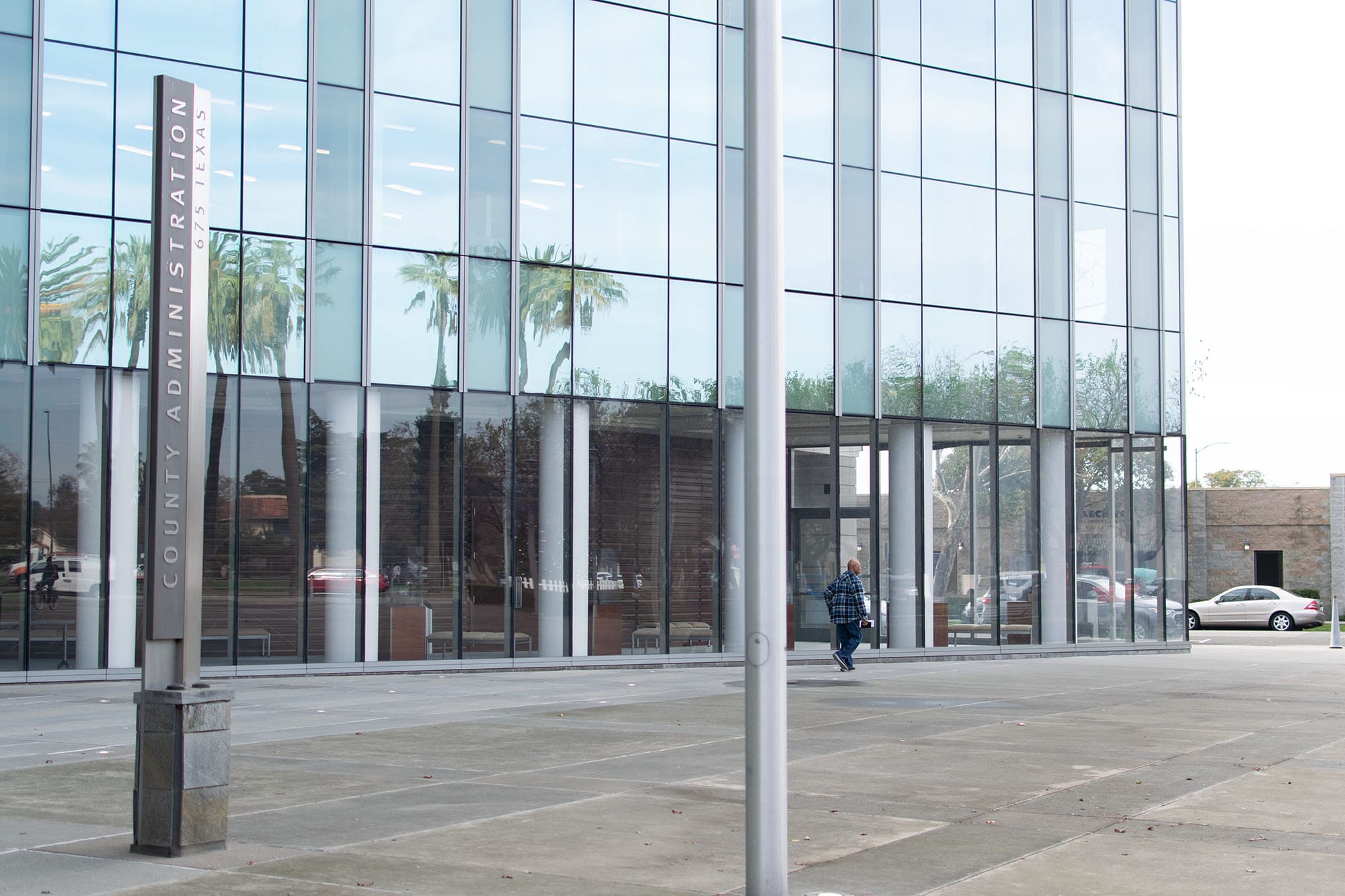VALLEJO – The Vallejo Flood and Wastewater District board of trustees approved a schedule of sewer rate hikes on Tuesday that will begin July 1 and increase each year for 5 years.
Residential sewer rates will increase by an average $108 per year until 2027 with a comparable increase in commercial and industrial rates. The actual rate varies by the individual property.
The Flood and Wastewater Board – which is made up of the Vallejo City Council members and county Supervisor Erin Hannigan – approved the schedule of rate increases 7-1, with Councilmember Cristina Arriola opposed.
The district mailed notices of the proposed increase to property owners in April. California law requires the district to notify ratepayers 45 days in advance of a public hearing for rate increases, who can then submit protest letters. If a majority protests, the board cannot pass the increase.
In Vallejo, 18,887 property owners would need to submit a protest letter or protest in person at Tuesday’s hearing to block the increase, but only 73 property owners ultimately protested the increase.
State law does not allow the fees that the district charges property owners to exceed the cost of service. The rate increase is based on a study of the department’s facilities that examined the maintenance, improvement and operational costs over the next 10 years. The study found that nearly 25% of the department’s assets have aged beyond their useful lifespan and are in need of replacement and another 35% will age out within nine years.
The study indicated that more than $45 million will be needed to make improvements. That includes $15 million in repairs for portions of Vallejo’s sewer system that is more than 70 years old. Replacing aging pumping stations will cost $10 million and another $10 million is needed to expand the processing plant to meet environmental standards that require reduction in discharge of blended effluent.
Solids processing equipment will also be upgraded and the department will use $10 million to repair dikes on Tubbs island to accommodate sea level rise. Vallejo’s processed solid waste is used to fertilize Tubbs Island agricultural land, which produces livestock feed. This agricultural partnership allows for significant reduction in solid waste disposal costs for the department, according to district engineering manager Tracy Rideout.
The department also anticipates $120 million in costs related to regulatory requirements over the next 20 years.
The district offers a 17.5% discount for low-income property owners who live at the residence that received the discount. To participate in the program property owners must also be enrolled in PG&E’s CARE program or the Island Energy program. Property owners interested in the discount program can find application information on the Vallejo Flood and Wastewater website.
Editor's note: This article has been updated to clarify that the rate increase varies by property.
Before you go...
It’s expensive to produce the kind of high-quality journalism we do at the Vallejo Sun. And we rely on reader support so we can keep publishing.
If you enjoy our regular beat reporting, in-depth investigations, and deep-dive podcast episodes, chip in so we can keep doing this work and bringing you the journalism you rely on.
Click here to become a sustaining member of our newsroom.
THE VALLEJO SUN NEWSLETTER
Investigative reporting, regular updates, events and more

Ryan Geller
Ryan Geller writes about transitions in food, health, housing, environment, and agriculture. He covers City Hall for the Vallejo Sun.
follow me :




